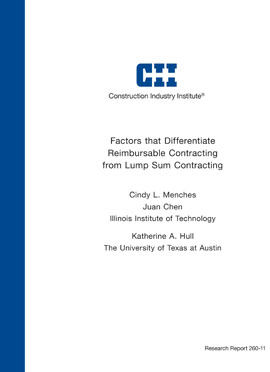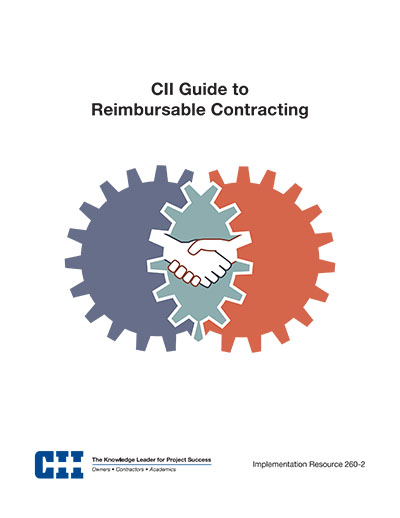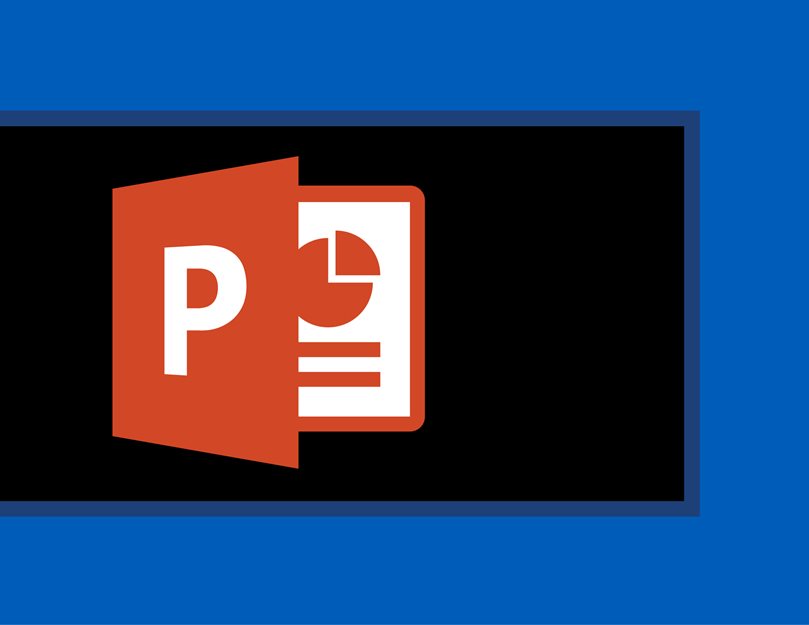
Reimbursable Contracts
Specific project characteristics and industry challenges cause owners to consider implementing cost reimbursable contracting strategies. Lack of defined scope, project complexity, owner and contractor staffing considerations, schedule pressures, and risk allocations often compel owners to seek innovative contracting methods to achieve project success. Owners in such environments often seek high-quality contractors to execute a cost reimbursable strategy.
CII Research Team (RT) 260 was commissioned to investigate the reimbursable contracting process, from front-end planning through engineering, contractor selection, execution, and project close-out. Objectives of the research included the following:
- Identify the elements of the cost reimbursable contracting process that contribute to successful or less-than-successful project outcomes.
- Establish an effective framework for the key elements of the cost reimbursable contracting process that are likely to affect the success of the contract.
- Develop a reimbursable contracting manual to provide guidelines for the implementation of key elements of the contracting process.
Building on the work described in CII Research Summary 165-1, An Owner’s Tool for Project Delivery and Contract Strategy Selection, RT 261 developed questionnaires and conducted interviews with CII member organizations. These questionnaires and interviews investigated risk allocation, contract management, and control in a cost reimbursable setting. The team conducted these investigations through case studies, all designed ultimately to determine best practices for successful reimbursable contracting outcomes. As expected, several case studies identified positive aspects of a cost reimbursable strategy, while others found negative aspects. The product of these efforts culminated in the development of a comprehensive manual, Implementation Resource (IR) 260-2, CII Guide to Reimbursable Contracting.
Geared toward less experienced members of owner and contractor project teams, the guide defines several reimbursable contracting strategies and outlines a process to help owners select the strategy and the contractor most suitable for particular types of projects. The guide also provides suggestions for allocating the risk between project parties, and identifies the differences between lump sum and reimbursable contracting. Further, it offers assistance to owners in the contract development process.
One of the key findings shows the importance of providing clear definition of the cost reimbursement compensation structure. Once this structure is established, experienced personnel and strong project controls become the essential components of successful project execution. The guide provides helpful considerations and sample language to achieve this objective. Case study findings are interspersed throughout the guide, describing both positive and negative outcomes. These case study descriptions demonstrate pitfalls to avoid, as well as key elements to incorporate into contracts and considerations for their implementation. The guide also recommends the assignment of personnel with experience in cost reimbursable contracting. Such staffing—combined with transparency and integrated owner-contractor decision making—strengthens the potential for successful reimbursable contracting outcomes.



